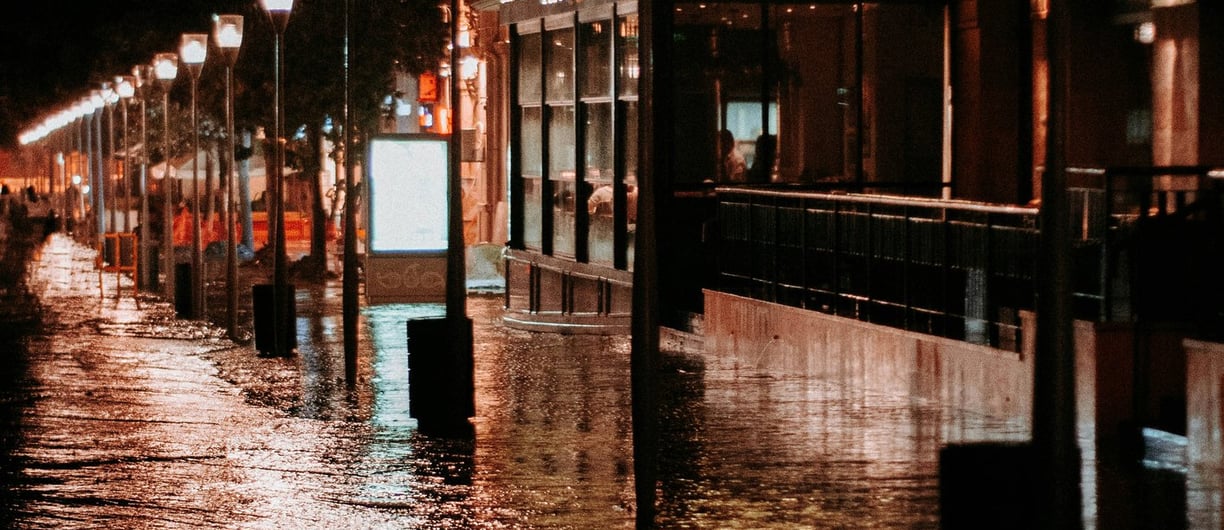Flood vs. Sewer Backup: What’s the Difference?
First, it’s important to understand the distinction between two of the most common types of water damage:
- Flooding is defined as water rising from the ground — such as water from heavy rainfall, rivers, lakes, or stormwater systems overflowing and entering your property.
- Sewer or drain backup occurs when water or waste backs up into your home or building through drains or toilets due to blockages or overwhelmed municipal systems.
These two events are treated differently by insurers, and most standard policies do not automatically include protection for either one.
What Standard Homeowners and Commercial Policies Cover
Contrary to common belief, standard homeowners and commercial property insurance does not cover flood damage. If rising water enters your home or business from outside, you’ll likely be responsible for 100% of the repair and replacement costs — unless you’ve added specific protection.
Here's what typical base policies do and don’t cover:
Covered by Standard Policy
Not Covered by Standard Policy
Sudden water damage from burst pipes or appliance leaks
Flooding from heavy rains, lakes, rivers, or surface water
Some types of wind and hail damage
Sewer and drain backup (without an added rider)
Water damage from a damaged roof (if caused by a covered peril)
Water seepage through foundation cracks
How to Get Flood Protection
Flood coverage is typically purchased separately through the National Flood Insurance Program (NFIP) or private insurers. In lower-risk areas — which includes large portions of Chicagoland — premiums can be surprisingly affordable.
Quick facts:
- NFIP policies cover up to $250,000 for building structure and $100,000 for contents (homeowners).
- Commercial policies have flexible limits and may be available through private markets.
- There’s usually a 30-day waiting period, so it’s best to buy before the storms begin.
What About Sewer Backup?
In contrast to flooding, sewer backup coverage can often be added to your homeowners or commercial policy via an endorsement (sometimes called a rider). It’s a low-cost add-on, usually around $50–$150 per year, and can cover thousands in potential damage from backup-related losses — including cleanup, replacement flooring, and even lost business income in commercial settings.
Real Chicagoland Risks
In many areas of Chicago, aging infrastructure and overwhelmed drainage systems mean that even a short storm can trigger water intrusion. Areas with flat topography, high clay content in soil, or combined sewer systems are particularly vulnerable.
Even properties that are not in designated flood zones can — and frequently do — experience significant water damage.
Your Flood Readiness Checklist
✅ Do you know if you have sewer backup coverage on your current policy?
✅ Do you live or operate in a flood-prone ZIP code (even if it's not “officially” a flood zone)?
✅ Do you have a sump pump with a battery backup?
✅ Have you reviewed your property’s elevation and drainage systems recently?
We’re Here to Help
Don’t wait until the next big storm hits to discover your gaps. We can review your current policies, estimate the cost of adding flood or sewer backup coverage, and recommend tailored protection based on your property and location.
👉 Click here to schedule a no-obligation flood and water damage coverage review.
What’s Actually Covered If July Flooding Hits Chicagoland?
Chicagoland may have seen a relatively dry June, but if history is any indicator, July tends to bring intense storms, flash floods, and overwhelmed drainage systems. The real question for homeowners and business owners isn’t if flooding could happen — it’s whether your current insurance would cover the damage if it does.


Transforming small business consulting with dynamic energy.
Service
Trust
(312) 220-9200
© 2025. All rights reserved.


141 W. Jackson Blvd. | Suite 1502 | Chicago, IL | 60604






